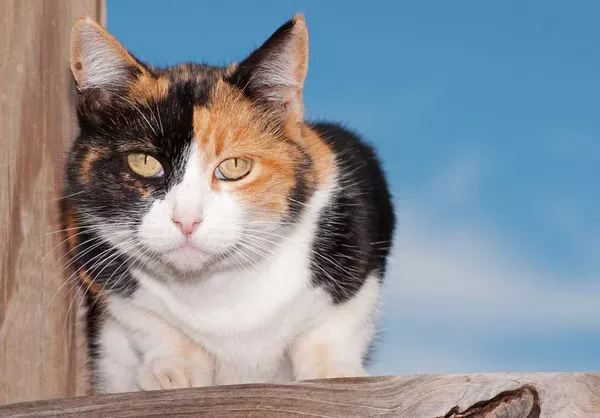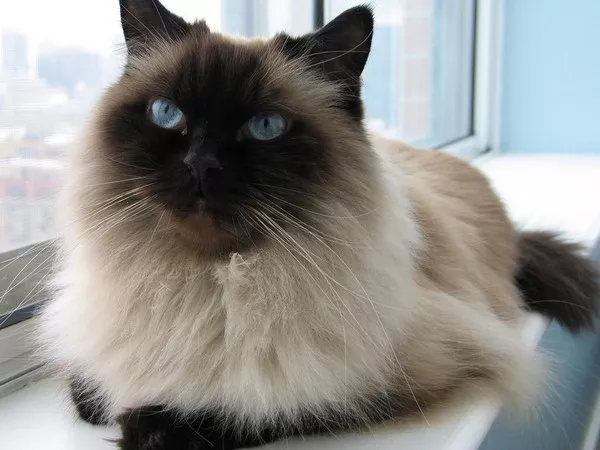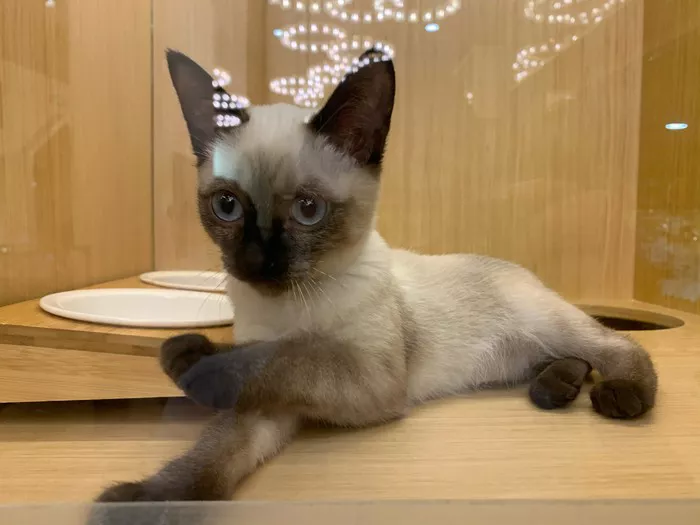Calico cats are known for their unique and striking coats, characterized by a combination of white, black, and orange patches. These feline beauties have captured the hearts of cat enthusiasts worldwide with their intricate patterns and vibrant colors. If you’re curious about the genetics behind calico cat coats and the range of colors their kittens can inherit, you’re in the right place. In this article, we will explore the fascinating world of calico cat genetics, the factors influencing coat colors, and the surprising diversity that calico kittens can exhibit.
See Also: What to Know About Calico Cats: A Comprehensive Guide
The Genetics of Calico Cat Coats
1. Two Coat Colors
The distinctive coat of a calico cat arises from the interaction of two coat colors: black and orange. These colors are determined by specific genes located on the X chromosome.
2. X-Inactivation
Calico cats are typically female due to the inheritance of two X chromosomes. Interestingly, one X chromosome is randomly inactivated in each cell during early development, leading to the expression of one coat color in patches and the other in different patches.
The Classic Calico Coat
1. White Base Color
Calico cats often have a white base color that serves as a canvas for the patches of black and orange. The distribution of these patches creates the cat’s unique and eye-catching appearance.
2. Black and Orange Patches
The black patches on a calico cat’s coat are a result of cells with the inactivated X chromosome carrying the black gene. The orange patches, on the other hand, are from cells expressing the active X chromosome carrying the orange gene.
See Also: Calico Cats: Color Variations, Genetics & Interesting Facts
Range of Calico Color Combinations
1. Diluted Calico
Diluted calico cats have patches of gray (diluted black) and cream (diluted orange) instead of the traditional black and orange. These softer colors create a more muted appearance.
2. Tortoiseshell Calico
Tortoiseshell calico cats exhibit a mix of black and orange patches, but the colors are more blended, creating a marbled or brindle-like effect on the coat.
3. Caliby (Calico Tabby)
In some cases, a calico cat may also exhibit tabby patterns within the black or orange patches. This combination is affectionately known as a “caliby.”
Factors Influencing Calico Coat Colors
1. Randomness of X-Inactivation
The randomness of X-inactivation during embryonic development contributes to the unpredictable distribution of coat colors on a calico cat. This process leads to the unique and variable patterns seen in calico coats.
2. Genetic Variability
Genetic variability among calico cats and their parents also plays a role in the diversity of coat colors. Different combinations of genes can result in subtle variations in coat patterns.
The Male Calico Conundrum
1. Rare Male Calicos
While calico cats are predominantly female due to the two X chromosomes required for their coat colors, male calico cats do exist. However, male calicos are extremely rare and often have genetic anomalies such as XXY chromosomes (Klinefelter syndrome).
2. Genetic Abnormalities
Male calico cats are usually sterile due to their genetic abnormalities. Despite their rarity, they provide insight into the complexities of calico genetics.
Genetic Testing and Breeding
1. Understanding Genetics
Genetic testing can offer insights into the potential coat colors of calico kittens based on the parent cats’ genetic makeup. Breeders often use these tests to predict and plan for desired coat colors.
2. Ethical Breeding
Ethical breeding practices prioritize the health and well-being of cats over coat color. Responsible breeders work to maintain genetic diversity and prevent health issues associated with excessive breeding for specific coat patterns.
See Also: Why Are Male Calico Cats So Rare?
Conclusion
In conclusion, the world of calico cat coats is a captivating journey into genetics and color inheritance. The interaction of X chromosomes, X-inactivation, and the distribution of black and orange genes create the stunning patchwork of colors seen in calico cats. From classic calico coats to diluted variations and tortoiseshell patterns, the range of color combinations is as diverse as it is enchanting. While the genetics behind calico coats may seem complex, they contribute to the unique beauty and charm of these feline companions. Whether you’re admiring a classic calico, a dilute variation, or the occasional male calico, the mysteries of calico genetics continue to captivate cat lovers around the world.


























